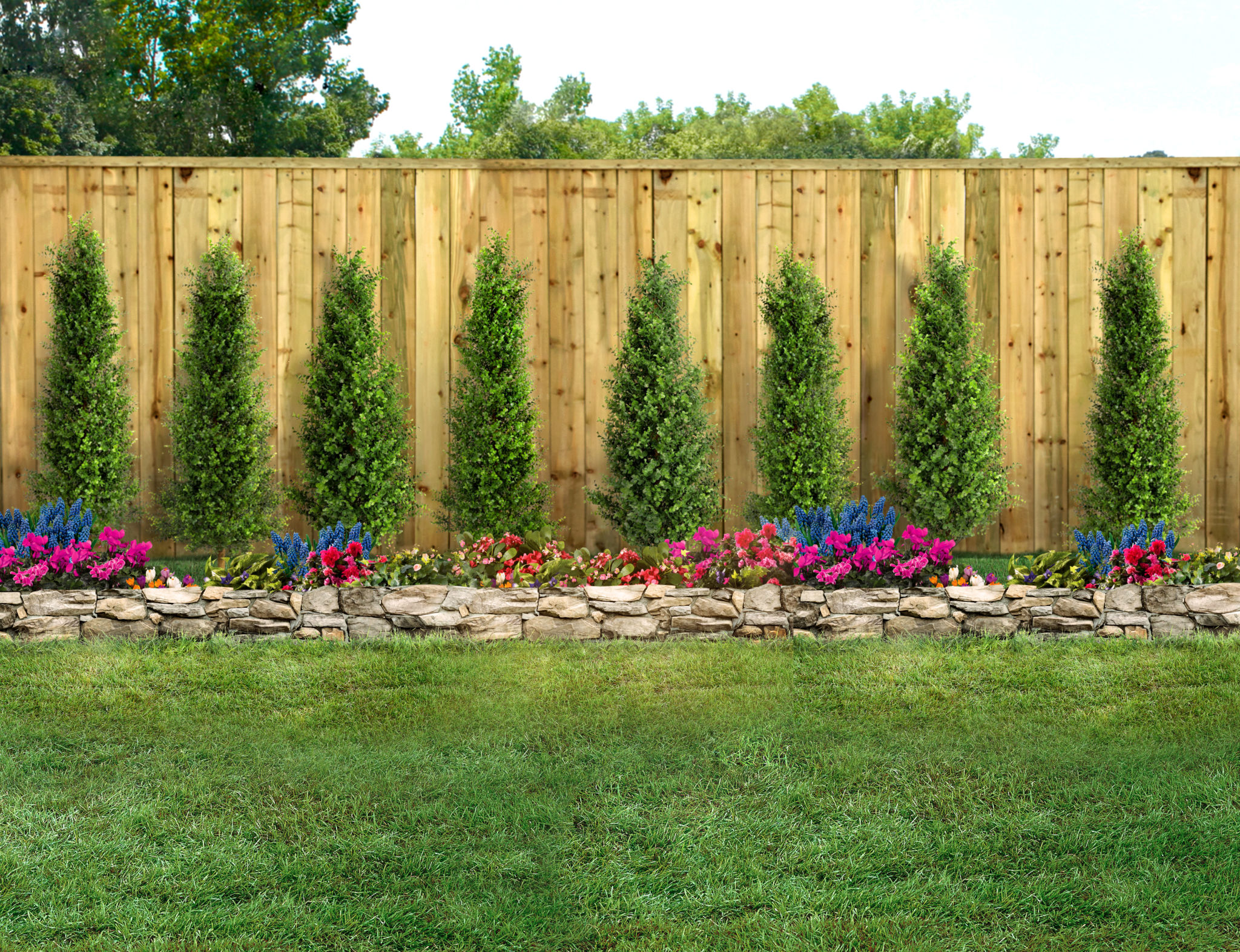Biodiversity in Your Backyard: The Importance of Sustainable Food Forests
Understanding Biodiversity in Your Backyard
Many people often overlook the incredible biodiversity that exists right in their own backyards. From the smallest insects to majestic trees, each component plays a crucial role in forming a balanced ecosystem. These ecosystems provide numerous benefits, including cleaner air, water filtration, and habitat for wildlife. By fostering biodiversity, you create a thriving natural environment that supports life in myriad ways.

The Concept of Sustainable Food Forests
Sustainable food forests are gaining popularity as an innovative way to enhance biodiversity while also producing food. A food forest is a gardening technique that mimics a natural forest ecosystem by incorporating layers of edible plants. This method not only produces a variety of fruits, nuts, and vegetables but also supports wildlife and improves soil health. By adopting sustainable practices, homeowners can transform their backyards into productive and environmentally friendly spaces.
Layers of a Food Forest
Food forests typically consist of seven layers:
- Canopy Layer: Tall fruit and nut trees form the top layer.
- Understory Layer: Smaller trees and large shrubs grow in this layer.
- Shrub Layer: Berry bushes and other mid-sized plants.
- Herbaceous Layer: Herbs and leafy greens thrive here.
- Ground Cover Layer: Low-growing plants help suppress weeds.
- Root Layer: Root vegetables like carrots and potatoes.
- Vine Layer: Climbing plants that use other layers for support.

The Importance of Biodiversity
Biodiversity is essential for maintaining the resilience of ecosystems. A diverse range of species helps buffer against environmental changes and pest outbreaks, ensuring long-term stability. In a food forest, this diversity can improve soil fertility, reduce pests without chemical interventions, and maintain consistent yields. By encouraging native species and a mix of plants, gardeners can create a robust ecosystem that supports itself naturally.
Benefits of Sustainable Food Forests
The establishment of sustainable food forests offers numerous advantages:
- Increased Food Production: Diverse plantings lead to a continuous supply of fresh produce.
- Wildlife Habitat: Food forests provide shelter and food for birds, insects, and other wildlife.
- Soil Health: The varied root systems improve soil structure and nutrient cycling.
- Water Conservation: Mulching and plant diversity reduce the need for irrigation.

Getting Started with Your Own Food Forest
Creating a sustainable food forest in your backyard is an exciting project that begins with careful planning. Assess the space available and identify existing plants and wildlife. Consider the climate and soil conditions to choose appropriate species that will thrive together. Start small by planting a few layers and gradually expand as you gain confidence and experience.
Engaging with local gardening communities can provide valuable insights and support as you embark on this journey. Sustainable food forests not only contribute to personal well-being by providing fresh produce but also play a vital role in enhancing local biodiversity. By taking these steps, you will be part of a movement towards more sustainable living practices that benefit the planet as a whole.
